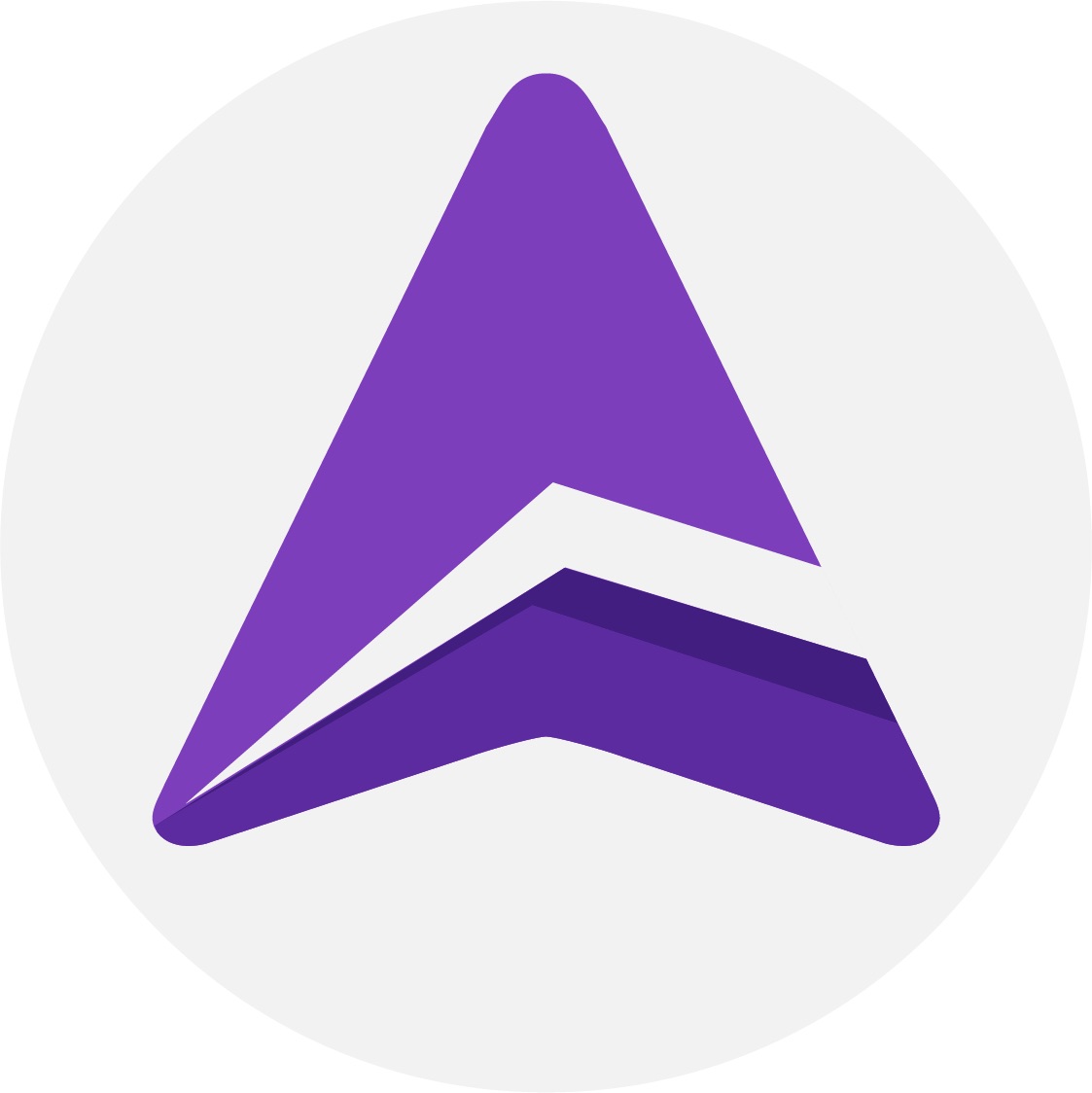Influential AI CEO’s Clash Over Balancing Innovation and Ethical Responsibility
- Aigent

- Jun 18
- 2 min read

Recent remarks by Nvidia CEO Jensen Huang and Anthropic CEO Dario Amodei highlight a key debate: Is AI primarily an engine for opportunity or a source of disruption? AIGENTRI examines their arguments, weighs pros & cons, and outlines a balanced path forward.
First, Some context
Dario Amodei warns that AI advances could displace a significant portion of entry-level white-collar jobs, urging robust safety measures, transparency, and policy readiness. Jensen Huang counters that productivity gains from AI will ultimately create more roles and insists on open collaboration rather than closed research.
Huang’s Perspective
Huang likens AI’s evolution to past technology waves: increased productivity often leads to new job categories. He advocates open research and shared expertise to avoid single-point failures. This approach accelerates innovation and democratizes access but may underplay near-term displacement risks if organizations don’t invest in targeted support.
Amodei’s Perspective
Amodei emphasizes the unprecedented speed and scale of modern AI models and the potential for misuse or rapid disruption. He calls for ethical guardrails, transparent disclosures, and anticipatory policies. This caution helps prepare for risks but could slow development and risk falling behind actors with fewer constraints.
Adjacent Views
Industry voices suggest a middle course. Some leaders stress embracing AI to upskill workforces and unlock new roles; others emphasize structured reskilling and ethical governance. Early indicators—in shifts in job postings and pilot outcomes—underscore the need for proactive workforce planning alongside innovation.
What Comes Next
→ Develop transparency frameworks balancing openness with oversight, such as tiered disclosures or third-party audits under appropriate protections.
→ Advocate for policies that enable standardized safety checks without stifling beneficial applications.
→ Implement AI-driven reskilling programs and human-AI collaboration models to support employees through transitions.
→ Pilot AI initiatives in governed environments, combining rapid experimentation with built-in guardrails.
→ Monitor market signals and regulatory shifts closely to adapt strategies and maintain agility.
Conclusion
The Huang–Amodei exchange reflects the tension between rapid AI adoption and societal responsibility. At Aigentri, we recommend merging optimistic innovation with rigorous safety practices and workforce planning. By aligning Huang’s vision of new opportunities with Amodei’s emphasis on guardrails, organizations can harness AI for growth while mitigating unintended harm.



Comments